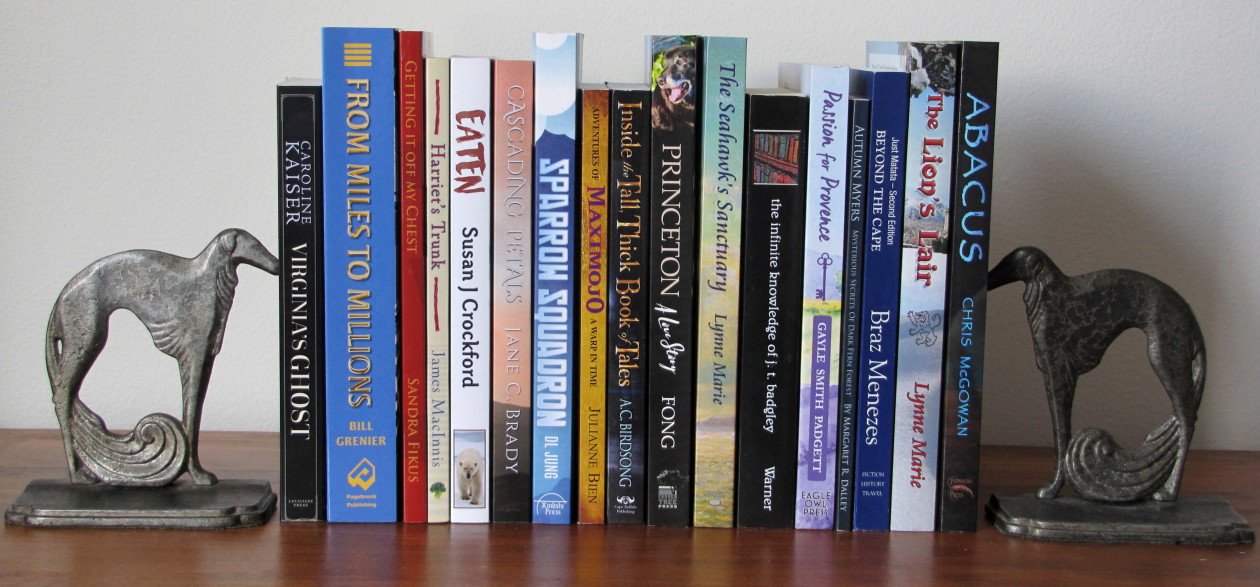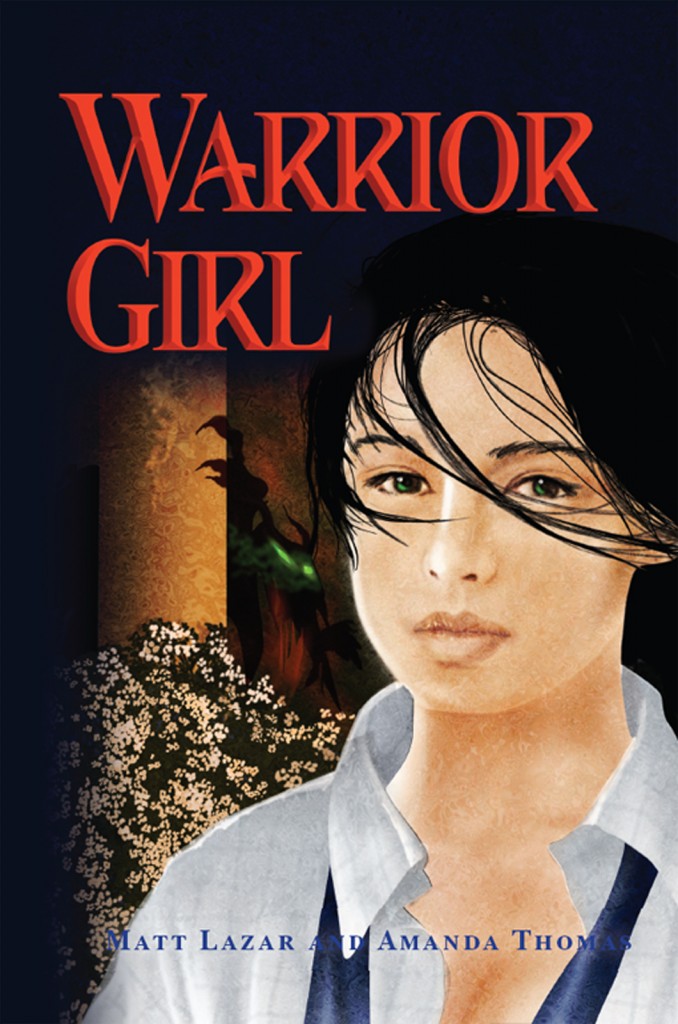Authors Matt Lazar and Amanda Thomas released their young adult novel, Warrior Girl, last October. I chatted briefly with the authors to uncover the story behind their intriguing and unusual tale of a young woman’s coming of age under difficult circumstances.
CK: Warrior Girl is about a young Korean woman, Sun Hi, who attends Oxford and faces not only culture shock, but also a number of obstacles to her success and happiness, including a fiercely competitive academic rival and a hostile flatmate. She finds refuge in an online game called World of Warcraft (WOW). Is there something in your experience that inspired you to write the book? What gave birth to Sun Hi’s story?
ML: When I was in college (Dartmouth), I had a Korean roommate who was really into World of Warcraft. He introduced me to the massively multiplayer online game (MMO) genre. I learned that WOW wasn’t really a game in that it was absorbing enough that it could become as real to someone as their “real life.”
Part of what makes Sun Hi unique is that she’s the only protagonist I can think of who plays WOW–it was important to me to write a story that shows how playing a game like WOW impacts a person’s real life.
CK: I was a little surprised by the book’s title, as Sun Hi is actually rather timid and sensitive throughout much of the book, not bold and aggressive. What is it about her that makes her a warrior in your eyes?
AT: Yes, I think that despite her timid nature she shows great strength in overcoming the problems that she has. When everything is against her she keeps going and of course she is a formidable warrior on WOW. She is a multi-layered and resilient person who looks fragile on the outside and has a steely determination inside.
CK: Playing WOW is much more than passing time for the characters—I was really struck by how the game impacts Sun Hi’s vision of herself. It seemed to be an important factor in her growing self-confidence. There’s a lot of criticism of such games in the media—a lot of discussion about how they can trigger violence. Your book seems to suggest otherwise. Do you believe that these games can have a positive impact on young people?
AT: I think they can and I would hasten to say that our portrayal of the game and those who play it is neither an endorsement nor a condemnation of such games. They exist and people play them. Our interest was in exploring how this kind of gaming can affect the confidence of a person, in this case Sun Hi, who is otherwise virtually friendless and lacking in any other resource.
CK: Obviously, not everyone has the experience of attending university in a culture that is foreign to them. Yet some experiences the book depicts would seem to be universal. What aspects of your novel do you think young readers will identify with?
AT: I suppose that even if a student goes to university in their own country it can be a daunting time at first, and for the shy or those lacking in confidence a difficult time. I suppose it would be good if young people saw Sun Hi’s struggle and thought that they, with less of a mountain to climb, had the possibility to shine.
ML: Warrior Girl is really a love story with twists and bumps–none of the characters escape unscathed. I think young readers will identify with this.
CK: What sorts of messages do you hope readers will take away from your book?
AT: I suppose that perseverance and goodness will always triumph over evil.
ML: I hope readers come away with a feeling that getting to know someone from a different background can be fun and exciting. We wanted Warrior Girl to be a fun read that’s accessible to all kinds of people. Many of Warrior Girl’s fans have never played WOW.
CK: Studious Sun Hi finds herself in the unlikely position of being the cox for the Oxford rowing team. Your descriptions of rowing culture seemed very realistic to me, as if it were very familiar to you, and I have to ask if you have related personal experience or it’s just a case of excellent research.
AT: The research was exhaustive although it was research that was a pleasure to do!
CK: Tell me about your history as writers and what has influenced you. Is Warrior Girl your first book?
AT: No, I have ghostwritten many books for clients on subjects as diverse as kidnapping to a romantic novel set around Islamic finance! I love to write and in particular enjoy an element of intrigue.
ML: Warrior Girl is my first novel. My first book was my master’s thesis, An Oral History of the Cleveland Browns.
CK: Now that the book is finished, do you have other books in the works? Are they in the same vein as Warrior Girl? Can you tell me anything about them?
ML: I am developing a sequel to Warrior Girl.
AT: I am continuing with my ghostwriting work and looking forward to the day that I have the time to write something else for myself! I am working on a series of books on heavy horses for a client at the moment as well as an account of a British woman who opened a chain of massage parlours in Australia.
To read reviews of Warrior Girl or to purchase the book, click here.


 Follow
Follow